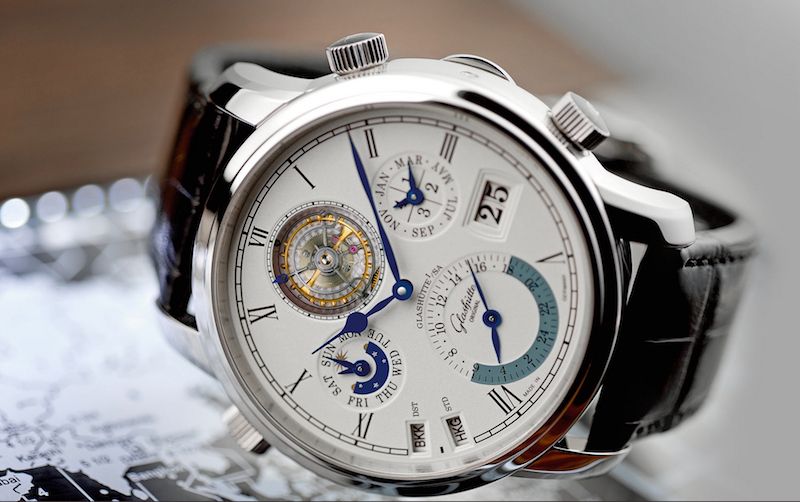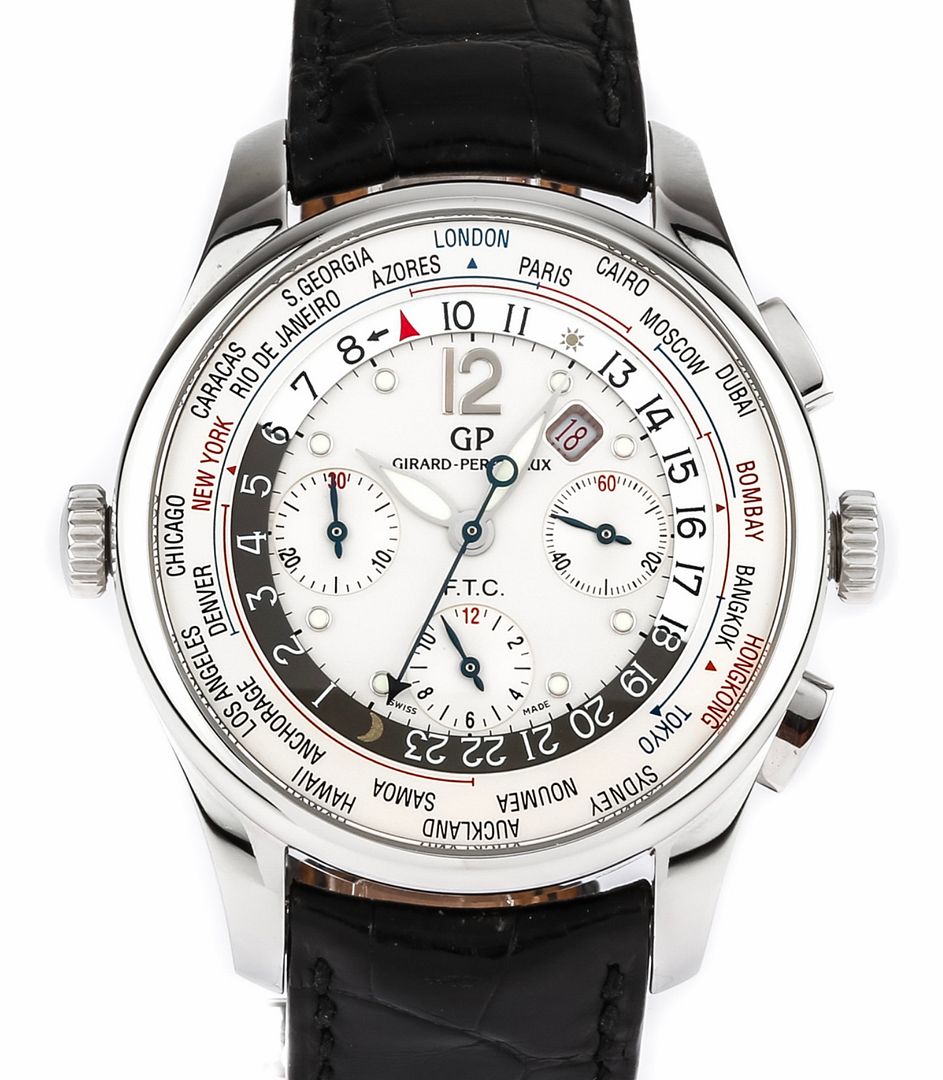Can anyone explain why Indian cities are missing from modern day worldtimer Swiss watches from high-end brands like Patek Philips to affordables like Hamilton to microbrands like Alpina?
In my search so far I have found very few examples of watches with Indian cities, viz. Tissot Heritage 160th anniversary edition and Fortis B-47 World Timer GMT Limited Edition.
In the pictures shown below Karachi-Dhaka-Bangkok seems to be the norm for south asian time-zone. It really baffles me why Swiss watches are skipping a country with over a billion people in their worldtimers.
Any information on this will helpful.
![]()
![]()
![]()
![]()
![]()
![]()
![]()
![]()
![]()
In my search so far I have found very few examples of watches with Indian cities, viz. Tissot Heritage 160th anniversary edition and Fortis B-47 World Timer GMT Limited Edition.
In the pictures shown below Karachi-Dhaka-Bangkok seems to be the norm for south asian time-zone. It really baffles me why Swiss watches are skipping a country with over a billion people in their worldtimers.
Any information on this will helpful.


























